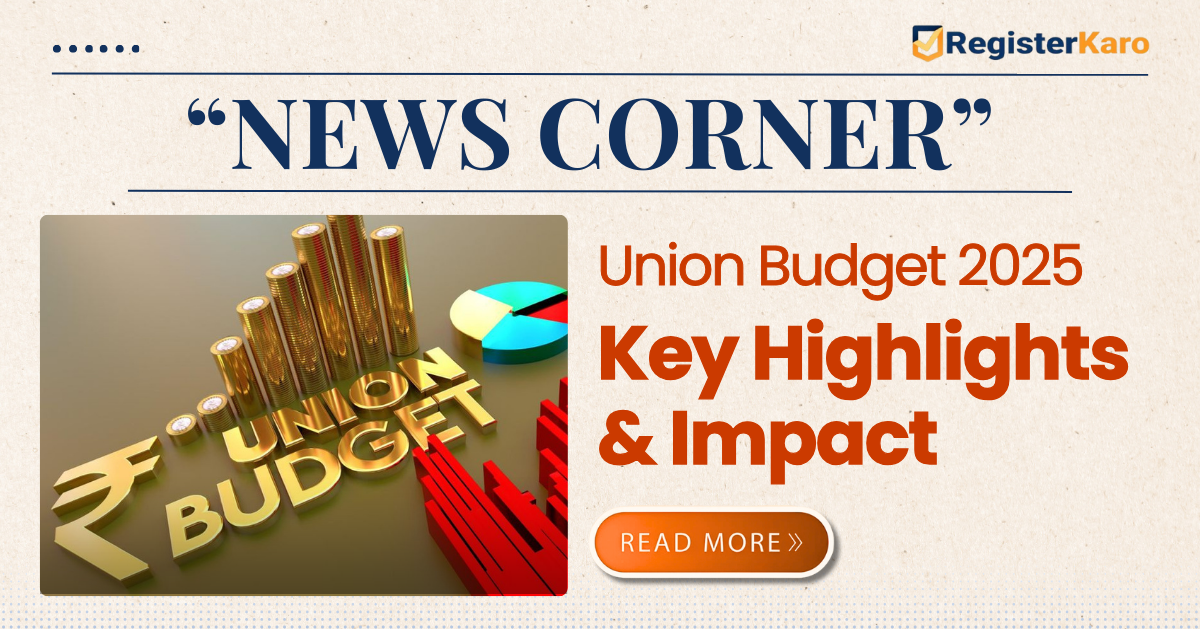
The Tax Slabs 2025-26 has introduced some significant reforms in the taxation system, especially regarding income tax.
One of the most notable changes is the revision of tax slabs, which has generated a lot of discussion. There seems to be confusion around the concept of zero tax on income up to ₹12 lakhs.
In this blog, we will clarify how income tax is structured for those earning up to ₹12 lakhs and what it means for salaried individuals.
Let’s break down the tax slabs and explain how rebates and deductions reduce your tax liability to zero.
Is ₹12 Lakh Annual Income Completely Tax-Free?
It’s essential to understand the distinction between tax-free and tax-exempt income:
- Tax-free income refers to income that, despite being subject to tax, has no actual tax liability due to deductions, exemptions, or rebates that nullify the final tax amount.
- Tax-exempt income means that a portion of revenue is excluded from being taxed altogether.
In this context, income up to ₹12 lakh (or ₹12.75 lakh with deductions) is tax-free, not tax-exempt. The tax is calculated, but the final tax liability is eliminated through the available rebate and deductions.
Calculation of Income Tax on ₹12.5 Lakhs: A Closer Look
Now, here’s where the Union Budget 2025-26 offers significant tax relief:
- Section 87A Rebate: The Section 87A rebate has been increased from ₹25,000 to ₹60,000. This rebate completely offsets the tax liability of ₹60,000 for individuals earning up to ₹12 lakh annually, resulting in no tax payable.
- Standard Deduction: The standard deduction of ₹75,000 is another crucial factor that reduces your tax liability. For instance, if your annual income is ₹12 lakh, the standard deduction brings your taxable income down to ₹11.25 lakh, further optimizing the tax calculation.
Thus, for an income of ₹12.75 lakh (₹12 lakh + ₹75,000 deduction), the final tax liability remains zero after applying the rebate and deduction.
What About Higher Income?
For individuals with incomes exceeding ₹12 lakh, the tax rebate no longer applies to the first ₹12 lakh. Instead, tax is calculated on the income over ₹12 lakh based on the revised tax slabs. Here’s how the Tax Slabs 2025 calculation works for someone earning ₹16 lakh annually:
- ₹0 – ₹4 lakh: No tax
- ₹4 lakh – ₹8 lakh: 5% tax on ₹4 lakh = ₹20,000
- ₹8 lakh – ₹12 lakh: 10% tax on ₹4 lakh = ₹40,000
- ₹12 lakh – ₹16 lakh: 15% tax on ₹4 lakh = ₹60,000
Total tax for someone earning ₹16 lakh: ₹1,20,000
The same structure applies to higher income tax slabs 2025:
- ₹16 lakh – ₹20 lakh: Tax calculated for the amount over ₹12 lakh
- ₹20 lakh – ₹24 lakh: Tax calculated for the amount over ₹12 lakh
- Above ₹24 lakh: Tax calculated similarly with higher rates.
Conclusion
With the Union Budget 2025-26 introducing clearer guidelines, the aim is to make the tax system more transparent and accessible. The key takeaway for salaried individuals is that the ₹12 lakh salary is not tax-free, but tax-saving opportunities exist through rebates and exemptions. Individuals can optimize their tax liabilities by understanding the new tax structure and utilizing available benefits.
If you’re uncertain about how the recent changes will impact your income tax filing, seeking guidance from a financial advisor or tax consultant can help you navigate these new provisions effectively.
Contact Registerkaro today for expert advice and tax consultation services, ensuring your finances are optimized in line with the latest budget reforms.




